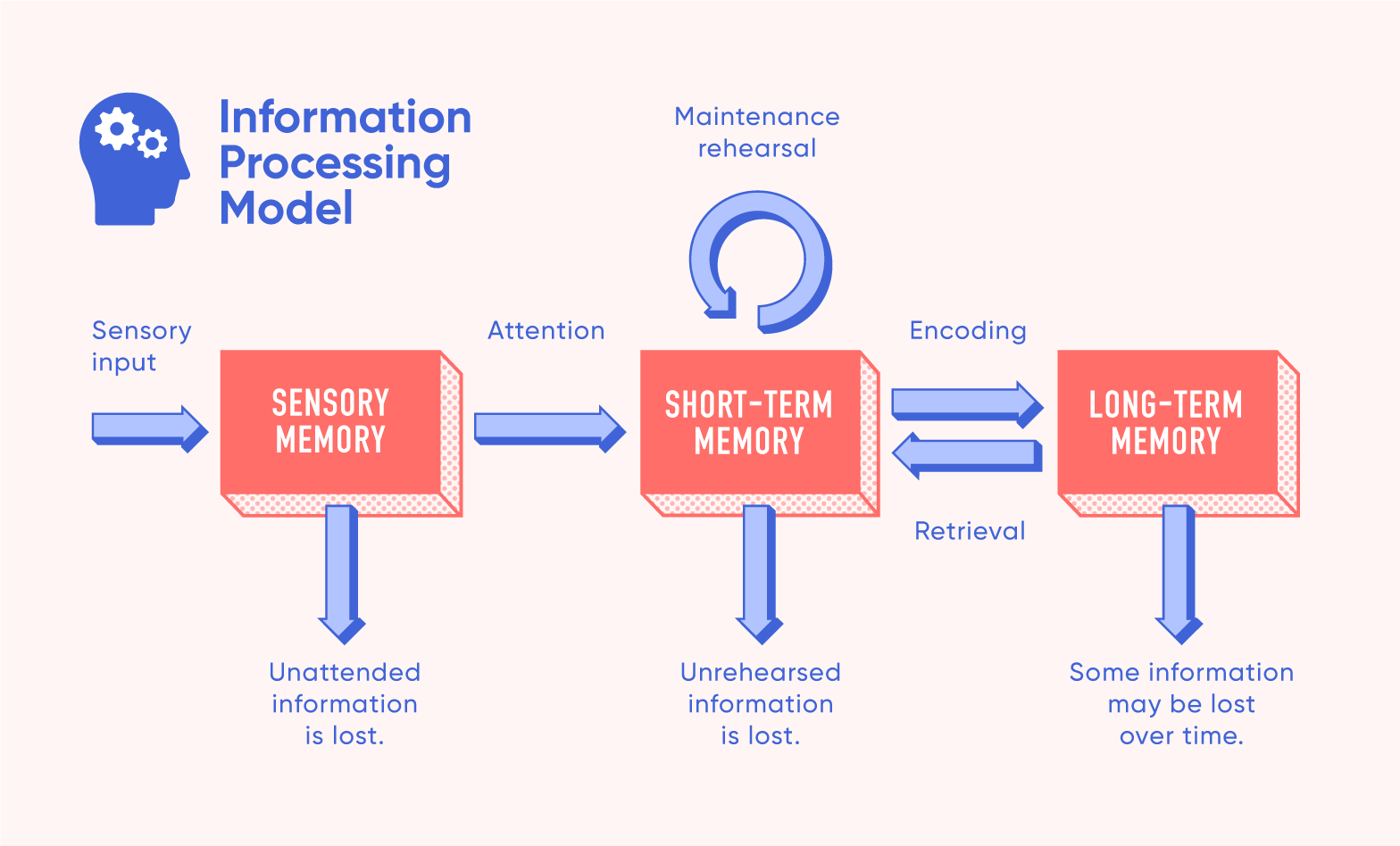Ever wondered how dogs learn things? Well, it turns out they’re like us, they pick up stuff through experience. Learning is more flexible than what is in our genes, and it happens by connecting events that go down one after another. That’s where the idea of classical conditioning comes in, and little did I know, it would become the key to getting my dog to do something quite entertaining.
So, learning is like a permanent change in behavior because of experiences. It’s the way we adapt and deal with the world around us. Classical conditioning is all about associating a stimulus to make a learned response happen. Think of it like when you hear thunder after seeing lightning. We have associated a flash of lightning to be followed by thunder. This is the same idea.
Inspired by the famous Pavlov and his experiments with dogs, I decided to try this classical conditioning thing on my Maltese poodle mix. The goal was to link a cool cue with an equally cool response. The cue? A funny “boing” sound, like the kind you hear in cartoons. The twist? My dog jumping on my lap with excitement. And it worked!
:max_bytes(150000):strip_icc()/2794859-article-classical-conditioning-5ac50cc9c5542e0037d54692.png)
Before our little experiment, the “boing” sound meant nothing to my dog. However, treats already had an association with my dog for getting excited. These treats were the unconditioned stimulus (US), and the excitement they caused was the unconditioned response (UR). Now, my mission was to connect the “boing” sound (the neutral stimulus) with the treat excitement.
During our training sessions, I played the “boing” sound right before handing out a treat. I repeated this several times over a couple of days. The neutral “boing” sound became the conditioned stimulus (CS), and finally, it triggered a conditioned response (CR)—my dog jumping on my lap in anticipation of a treat.
My dog learned to associate the “boing” with treats and couldn’t contain his joy, leaping onto my lap. Terms like unconditioned stimulus (US), unconditioned response (UR), conditioned stimulus (CS), and conditioned response (CR) all played a role in training my dog.
Looking back on this silly experiment, I realized that classical conditioning isn’t confined to labs and textbooks. It’s a tool that can change our lives, making connections and building stronger bonds. Every time my dog springs onto my lap with that “boing,” I’m reminded that learning isn’t just about facts, but that it’s also an ever-changing force that shapes our experiences.
Works Cited
https://www.verywellmind.com/thmb/dgzB6UDDAsX35m8fL2nJGqOJEXQ=/1500×1000/filters:no_upscale():max_bytes(150000):strip_icc()/2794859-article-classical-conditioning-5ac50cc9c5542e0037d54692.png
